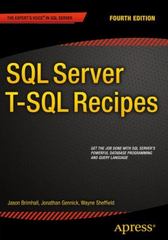Answered step by step
Verified Expert Solution
Question
1 Approved Answer
This is the question I am looking to get answered: The references are below: Q4. Consider the sorting problem as Q3. (1) Solve this problem
This is the question I am looking to get answered: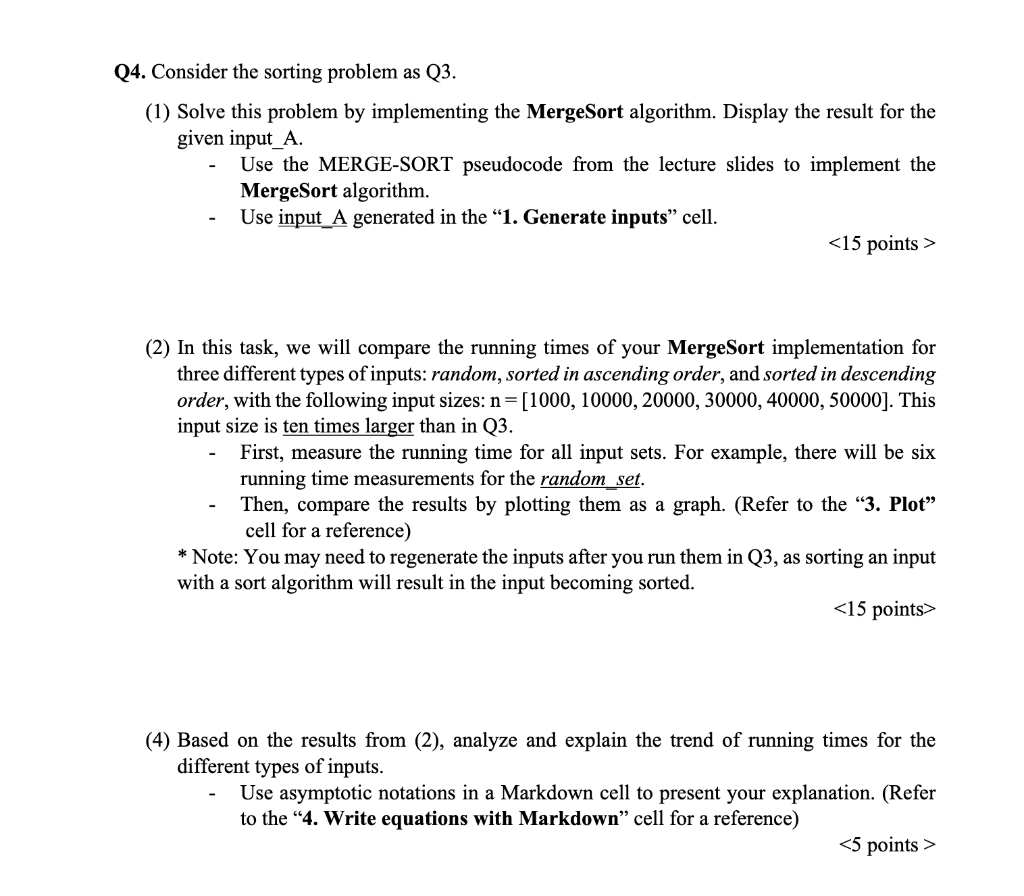
The references are below: 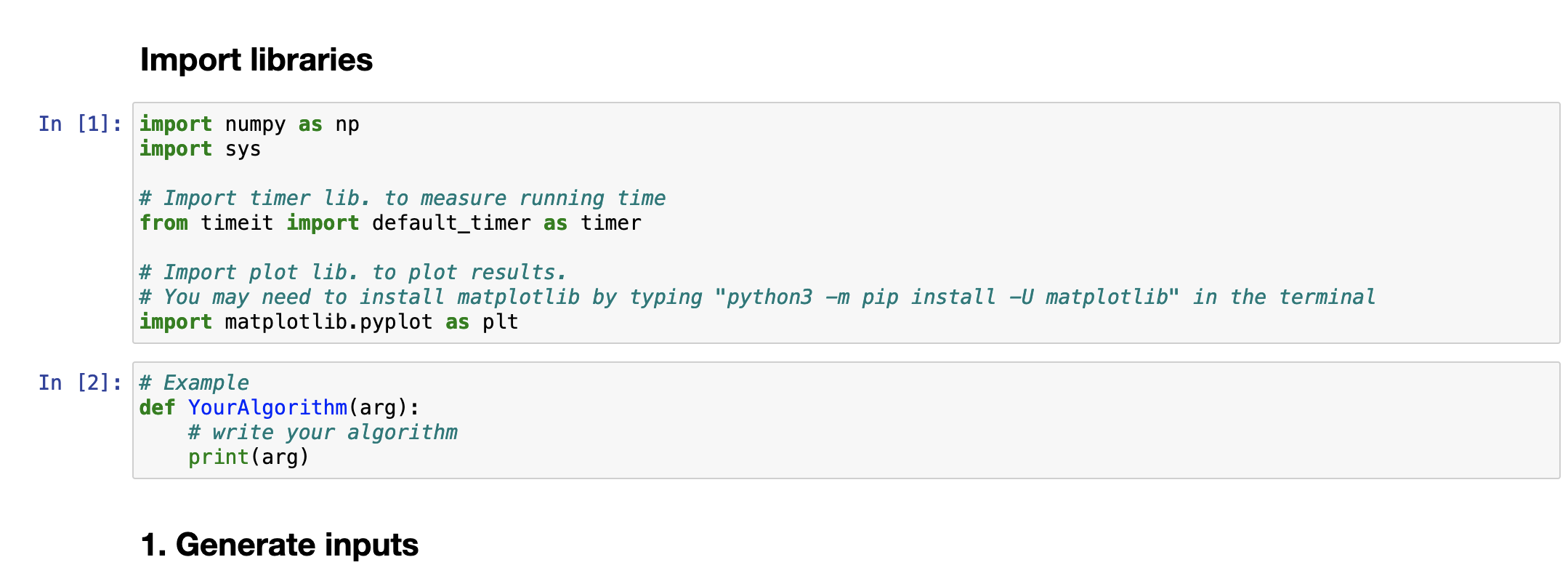
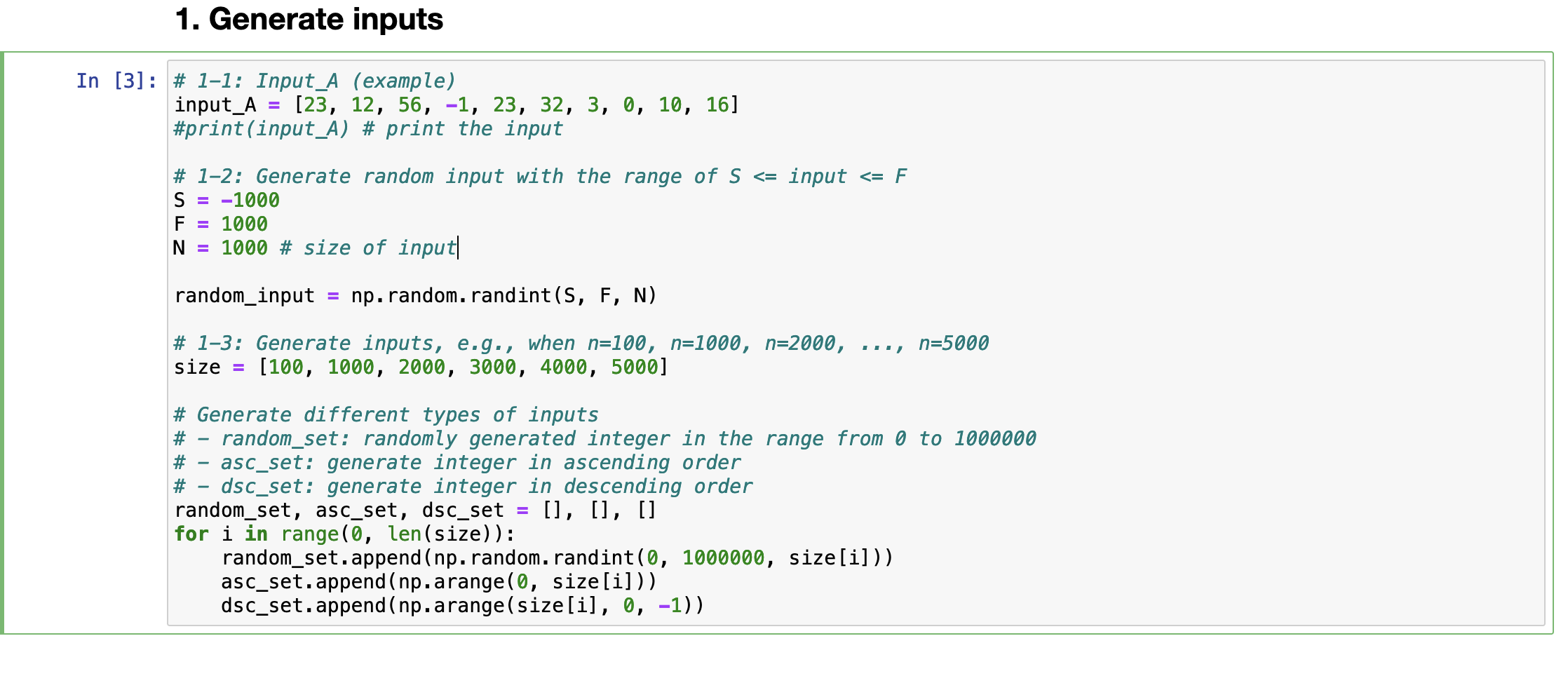

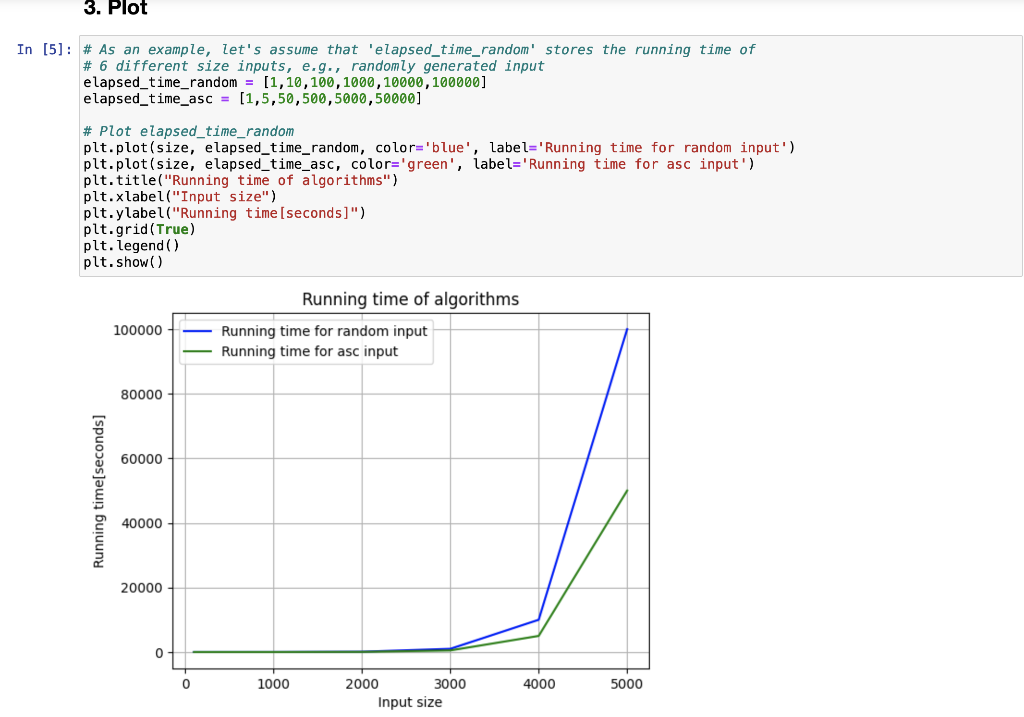
Step by Step Solution
There are 3 Steps involved in it
Step: 1

Get Instant Access to Expert-Tailored Solutions
See step-by-step solutions with expert insights and AI powered tools for academic success
Step: 2

Step: 3

Ace Your Homework with AI
Get the answers you need in no time with our AI-driven, step-by-step assistance
Get Started


